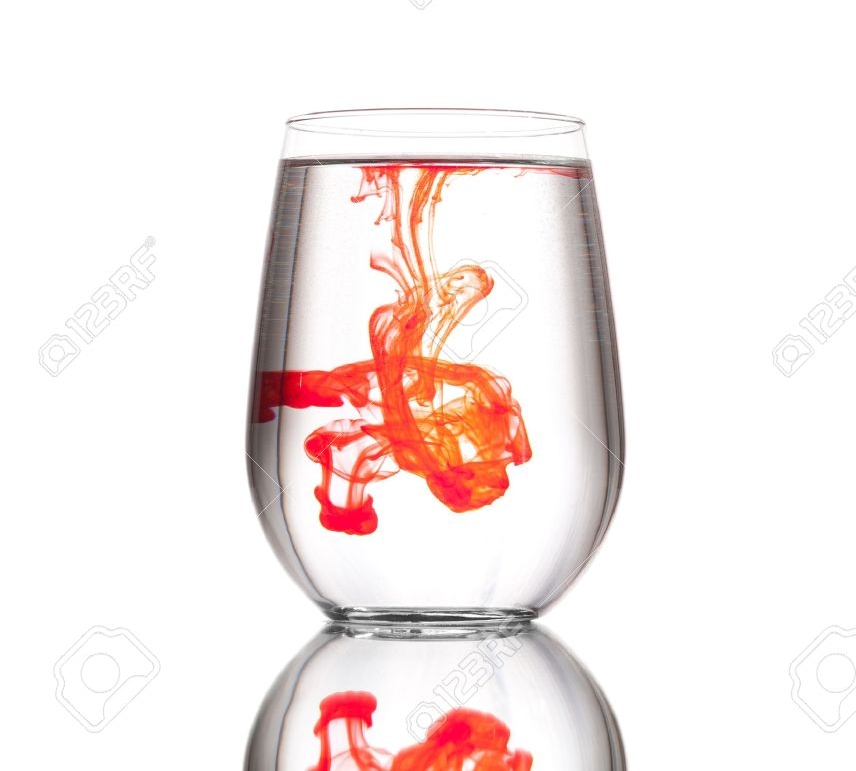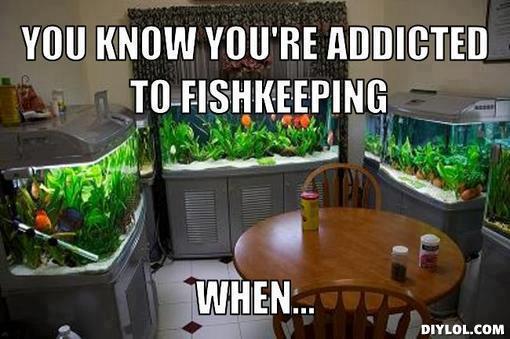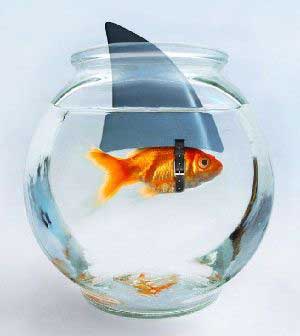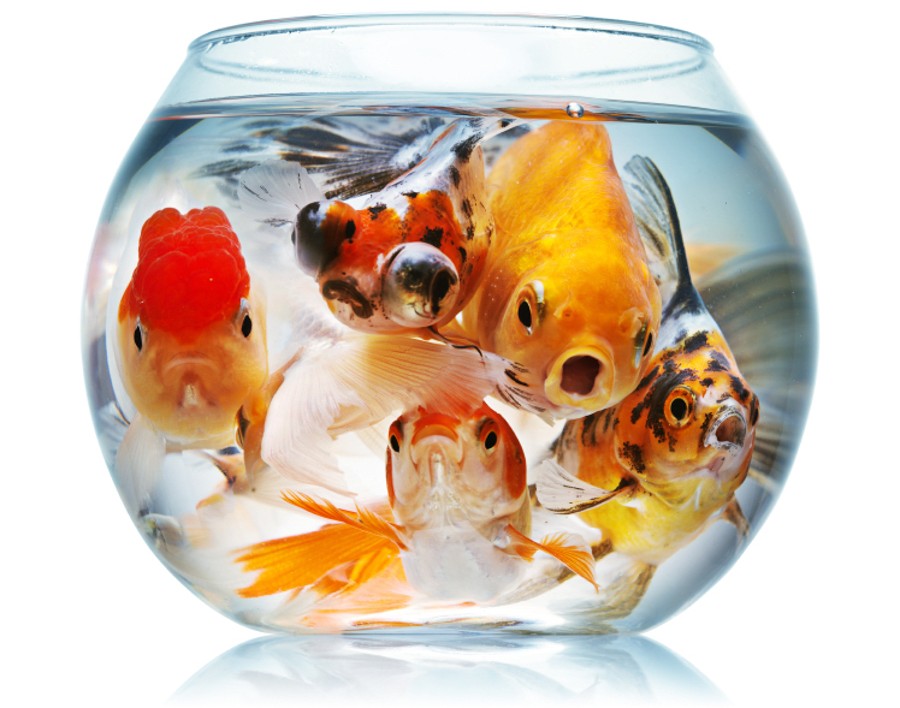The most common conversation I have daily is about tank size. Honestly, it boils down to a few key things when considering the right aquarium size. I am a firm believer that “graduating” from tank size to tank size is expensive and should be avoided at all cost. If you started with a 10 gallon, your next move should be to 40 or 55, not a 20-gallon. Moving up in increments will result in an attic full of increased sizes of aquariums. If you were in the market for a 10-gallon I would immediately recommend a 20 or 30 gallon, as it is common for me to hear within the first year “I wish I would’ve gone bigger”. This is simply because people run out of room to house all the species they would like to keep. Going bigger also avoids error. In smaller aquariums, mistakes cannot dilute down. You guys may remember the old saying “The solution to pollution is dilution”. Smaller aquariums do not have the forgiveness like larger tanks do and so when a mistake is made it is amplified. Larger fish tanks are much heavier than smaller ones, and so placement will be extremely important. The larger the aquarium the more restrictions we will have when placing it in your home. Our goal is to go as big as budget and house will allow while making sure you do not encounter all the problems associated an ecosystem that is too small.
Bigger is better but does not always mean a massive in-wall aquarium purchase when you only wanted a 10-gallon. We like bigger because we know the average hobbyist is never satisfied with what they have. Most people want more--more room to play, more fish, just more! If you have entered our store you have heard “ Hello, what size tank do you have?” I always smile when I get the reply “Which one?” I also immediately wonder why do they have multiples? Is it because they did the incremental move up through the hobby or are they just that enthusiastic about the hobby? Sadly, many people have multiple tanks because they inched their way up through the tank sizes. This often leads to congesting a room with tanks of similar sizes. We believe in allotting room to grow through aquarium volume. By giving yourself space in the beginning it saves you time and money in the long run and allows you to consolidate more species.
I have never met a hobbyist that found a stopping point. Just one more fish! Just one more plant/coral! It’s a hobby. You begin a hobby so that you may continue to work on it. What happens when you over crowd the aquarium and run out of room though? It is fairly common to hear me in the store giving the “red food coloring “ speech. It goes a little like this:” If I take 6 drops of red food coloring and put them into a coffee mug what happens?” This is where the person I am asking hopefully says, “ It will turn the water red”. And then I ask “ and if I take 6 drops of red food coloring and put it into a 10-gallon aquarium what would happen?” And again I’m hoping the person will reply with “it will turn the water pink-ish”. To which I end with “and if I put 6 drops into a 540-gallon tank what happens?” To which they should reply “nothing”. If these drops represent mistakes or poor water quality, then it illustrates how smaller bodies of water cannot dilute down the toxins. In the largest body of water, it was as if the mistake or toxins never even existed.
In the end, we want you to be happy. The aquarium should, first and foremost, fit your budget and lifestyle. We, as hobbyist, start an aquarium because we are fascinated by them for whatever reason. The whole point is to enjoy what you have created. We, as humans, are trained to think smaller is cheaper when in reality it can be a much more expensive hobby when you go little.




